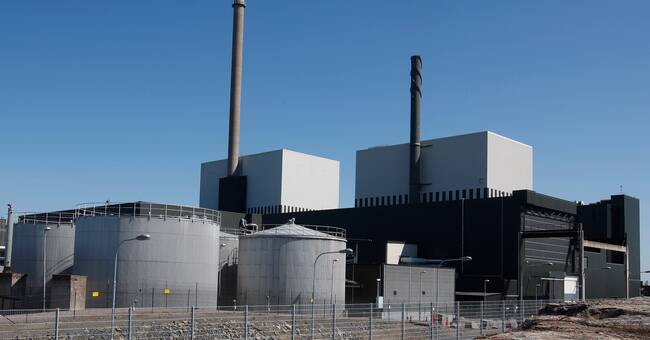The prototype, which in the research module will run on electricity, will be operated for five years starting in 2024, and is planned to be built on OKG's site at Simpevarp outside Oskarshamn.
The technique to be tested is to use molten lead instead of water to cool the nuclear fuel inside the reactor.
A technology that according to the researchers can produce up to 50 percent more electricity when you can reach higher temperatures inside the reactor.
In addition, the technology produces less radioactive waste and is safer, the researchers say:
- Lead has a very good opportunity to provide so-called passive cooling.
If you have a similar situation as the one in Fukushima, where external circumstances shut down the nuclear power plant, it should not be possible to melt the core because you have a natural circulation in lead that removes heat, says Pär Olsson, professor of nuclear technology at KTH, and the leader the research project to SVT.
However, it is not possible to fill a normal-sized nuclear power reactor with so much lead, but the technology instead requires many small reactors.
The Swedish Energy Agency grants grants
The application to build such a test facility in Oskarshamn has been submitted to the Swedish Energy Agency, which also grants grants for research projects.
- By starting work in good time, we create freedom of action later on, both for ourselves and for Sweden as a country.
Given the short period of time that remains until we have achieved net zero emissions in Sweden, it is important that we do not close any doors.
This includes politicians and authorities also supporting the development of new nuclear power, says Johan Svenningsson, CEO of Uniper Sweden in a press release.

